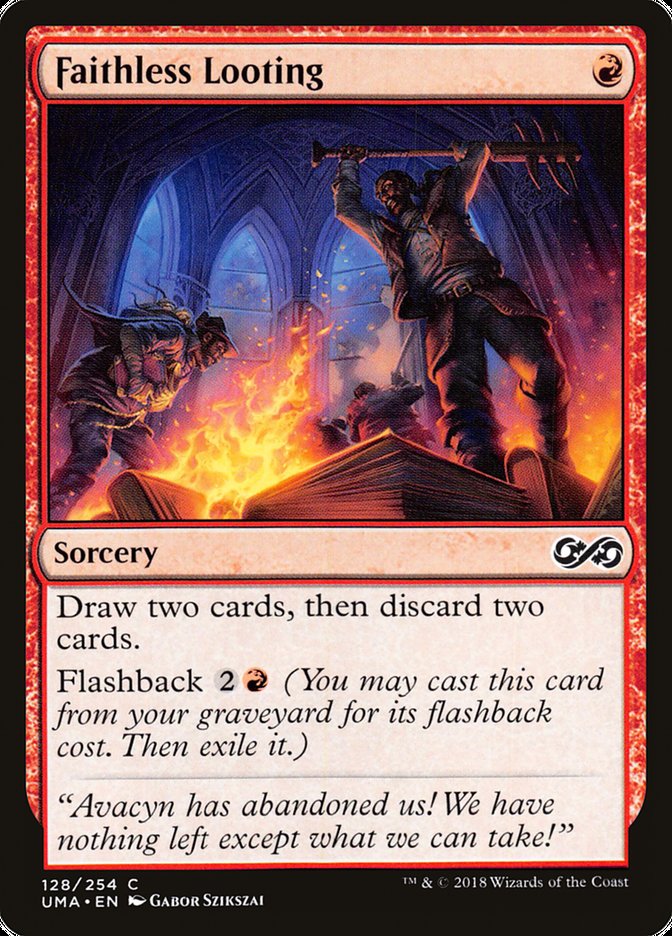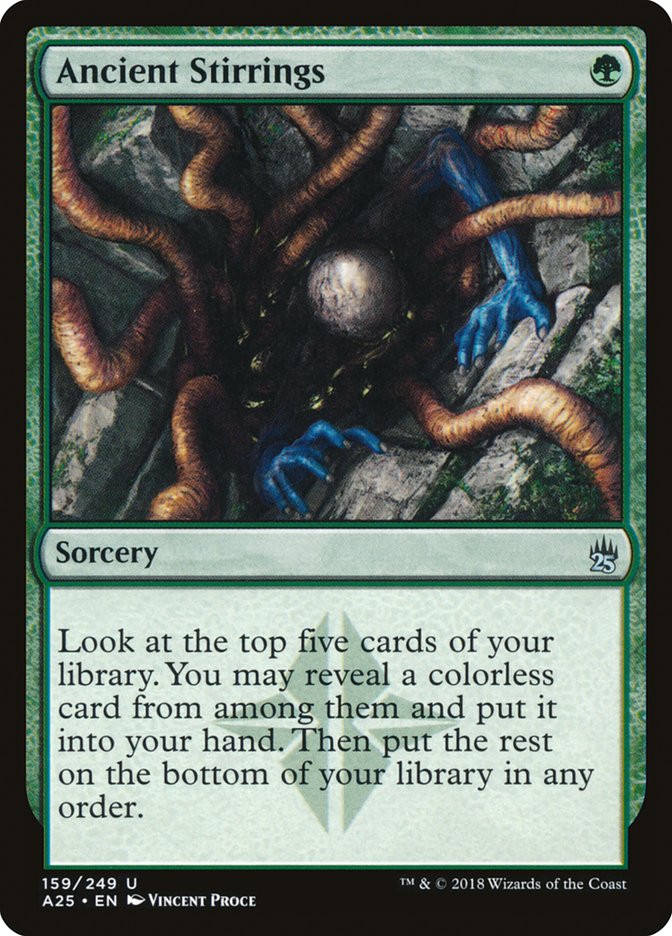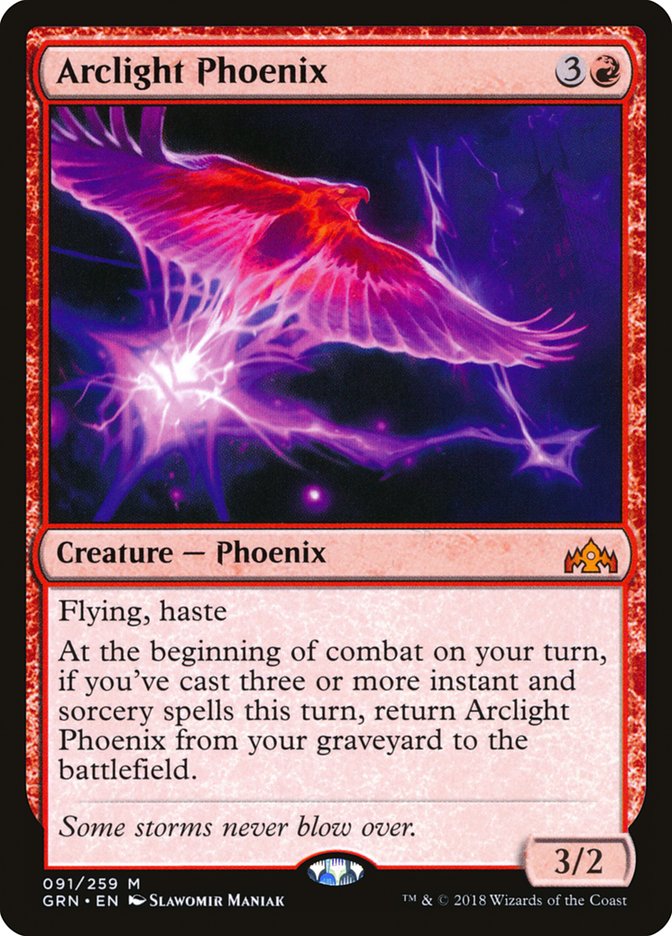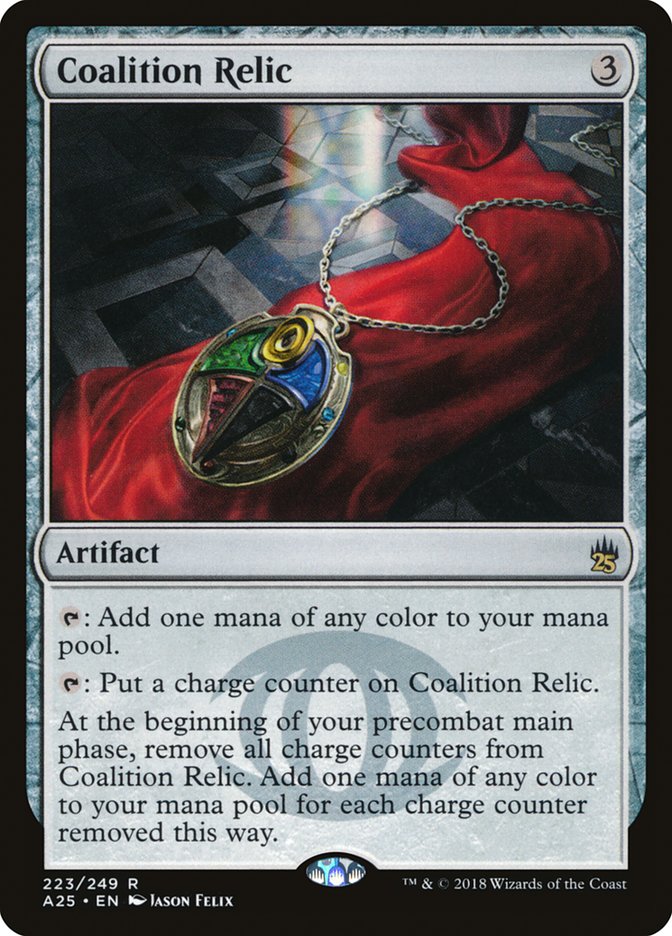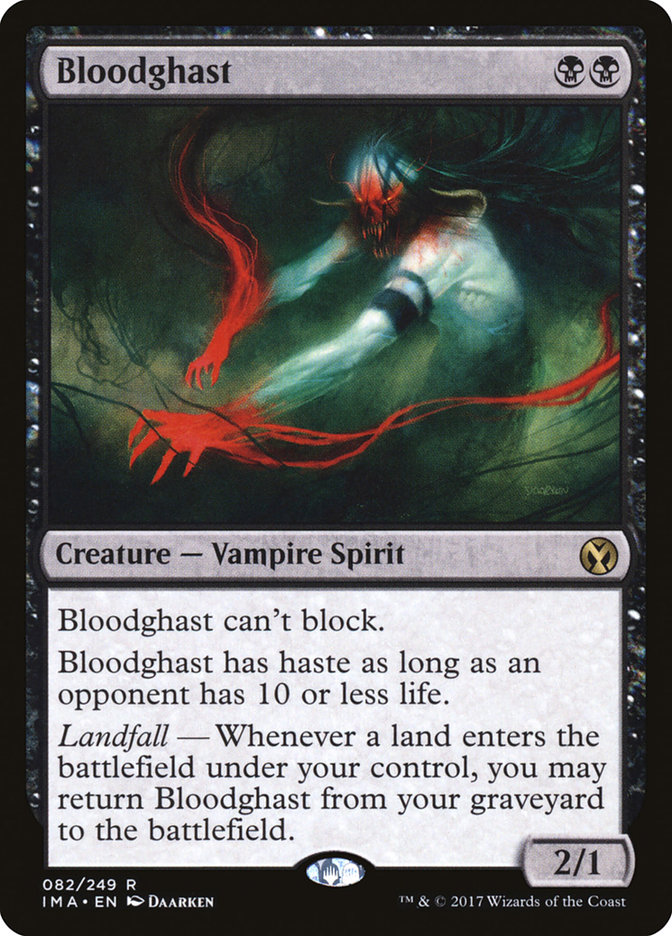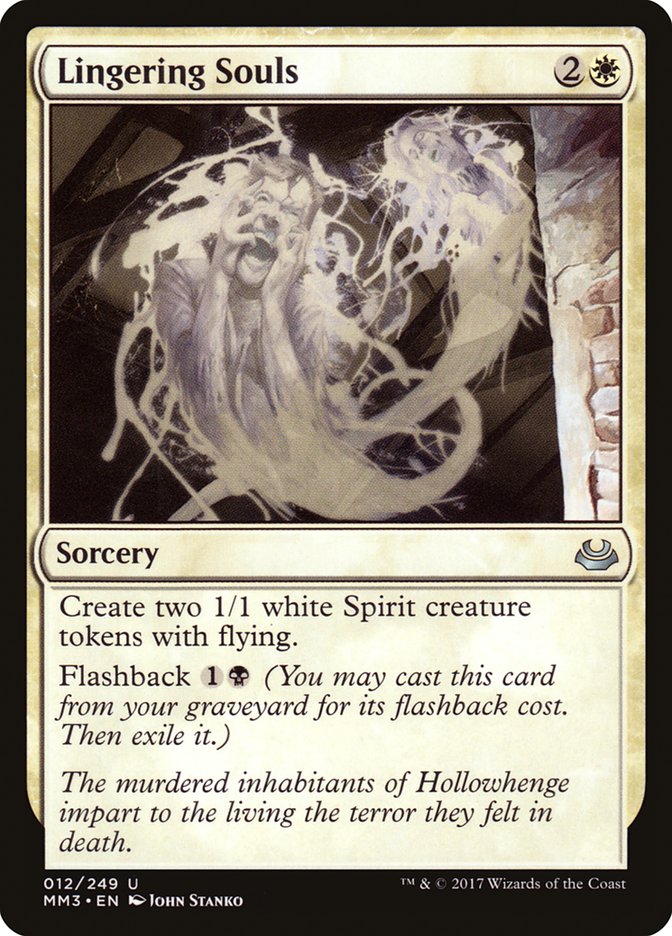The holy trinity of Modern continues to outpace everything around it.
If you’re headed out to SCG Regionals this weekend without these cards in your deck, the odds are very high that you’re making a mistake. There were two high-level Modern tournaments played this past weekend. Six of eight top decks at Grand Prix Los Angeles had at least one of these three cards. This reduced to a much paltrier four of eight top decks at the Modern Classic in Syracuse, but a smaller field meant there were fewer rounds for the cream to float to the top. Still, the finals matchup in Syracuse? Ancient Stirrings versus Mox Opal.
Creatures (1)
Lands (22)
Spells (37)

Creatures (15)
Lands (28)
Spells (17)

At GP Los Angeles, we were treated to a finals of Faithless Looting versus Ancient Stirrings and Mox Opal.
Creatures (12)
Lands (18)
Spells (30)

Creatures (20)
Lands (20)
Spells (20)

I believe you can make compelling cases that all three of these cards are much more powerful than cards currently on the Modern Banned List. In decks that leverage Faithless Looting and Ancient Stirrings, the effect is more powerful than Ponder or Preordain. Mox Opal similarly outpaces Chrome Mox in a bunch of decks.
And yet, we all occasionally trick ourselves into playing a deck containing none of these cards. Don’t do that to yourself at SCG Regionals. Play with these broken cards until someone pries them from your shuffling-blistered hands.
Now we just need to figure out which of these broken cards to play with, and the safest choice continues to be Faithless Looting in combination with Arclight Phoenix. As top-tier player after top-tier player slowly gravitates to the deck in the aftermath of Krark-Clan Ironworks’s banning, they come back with near unanimous praise. It’s not hard to figure out why. This is a classic grinder’s deck. Cantrips to maximize flexibility, consistency, and decision making; cheap removal; undercosted threats — it’s a tale as old as time.
The folks who have been on the Arclight Phoenix train from the beginning – extra credit to the first person to Photoshop Ross Merriam wearing a train conductor’s hat and riding an Arclight Phoenix – find themselves in a unique position to understand exactly how to adapt their deck to expected metagames. GP Los Angeles champ Michael Bernat did a tremendous job recognizing that the uptick in maindeck Surgical Extractions created a huge incentive to have a diversified and impactful suite of threats.
I see the appeal of Snapcaster Mage, but Crackling Drake is the hammer that you’re presently looking for. In other hammer news, Blood Moon now appears to be standard technology, giving Izzet Phoenix even more free wins. Dragon’s Claw has even put the beats to the previously challenging Burn decks. There aren’t a ton of bad matchups left for Izzet Phoenix, and that’s exactly the type of deck I’m looking to take to SCG Regionals.
But I’d still play Amulet.
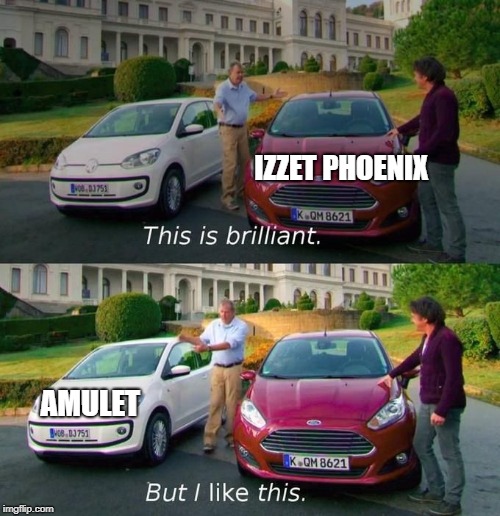
Chief among reasons why I’m not giving up my pet deck anytime soon is that I think we’ve finally figured out a legitimate answer to the Blood Moon problem.
This forgotten mana rock from Future Sight has been creeping into Amulet Titan lists slowly ever since Dominic Harvey’s victory with Amulet Breach way back in January. This week, Edgar Magalhaes (much easier to type than say) went all-in and included three copies in his maindeck of traditional Amulet Titan.
Creatures (15)
Lands (28)
Spells (17)

If this were just a concession to Blood Moon I would hate it, but Coalition Relic is exactly the additional mana source the deck has been looking for. Having a ramp spell that moves you from three to six mana that isn’t vulnerable to creature removal and can be found by Ancient Stirrings is a game-changer.
Amulet Titan is the most powerful deck in Modern. Its bad matchups are its own inconsistency and Blood Moon. Coalition Relic is a major step towards addressing both of those predators and I can’t wait to dust off my copies. Also, how cute is Chameleon Colossus against Death’s Shadow?!
My decision to play Amulet Titan brings up one final point for this weekend. Don’t get drawn in by the new hot trends in Modern. A few weeks ago, everyone started buzzing about how Dimir Mill was the next big thing. The deck is now gone. A few weeks prior to that, Azorius Miracles seemed like it was poised to finally give control a piece of the Modern pie. The deck is now gone. Remember Bant Value decks? 8-Rack? Golgari Midrange? Gone, gone, and gone.
And what does every single one of these decks lack? A single copy of Faithless Looting, Ancient Stirrings, or Mox Opal. All these decks have the capability of being good for a moment, but long-term format success will always be built on the back of these three powerful options (with an honorable mention to Aether Vial). And isn’t that what we are all looking for – a Modern deck we can embrace for the long haul?

In other Modern-related news, last week saw the announcement of the biggest bombshell in the format’s history—Modern Horizons. Seriously, if you’re not excited about the upcoming release of Modern Horizons, you may want to start questioning if Magic is the right game for you.
Skipping over Standard and headed straight to the non-rotating formats, Modern Horizons gives Wizards of the Coast the chance to target Modern with the gloves off. Does this mean we’re on the brink of the most powerful set of all time? I think the preview cards answered this question with a resounding… maybe?
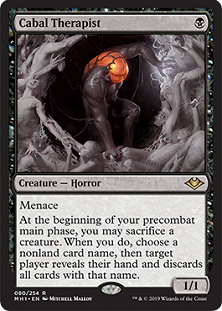
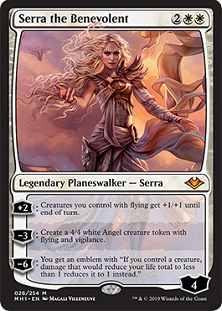
I’ll have more to say about Serra the Benevolent in a moment, but on stream, it was basically ceded that this card was not really meant to have a Constructed impact. Cabal Therapist, on the other hand, was mentioned as potentially being one of the Top 10 cards in the set. While I think the card is quite interesting and I’m looking forward to trying to make it work, it wouldn’t surprise me at all if this card just completely missed Constructed playability.
Having the first sacrifice trigger come online at the start of your Turn 2 main phase delivers two huge and obvious knocks against this card. I’m sure you don’t need me to tell you that this can never force discard on Turn 1, and in the absence of something like Ornithopter will always have Cabal Therapist sacrificing itself to get the Cabal Therapy effect on Turn 2. This is potentially damning in a format like Modern that moves at an extremely accelerated pace. If this isn’t Turn 1 disruption, then it should probably be regarded more as a sacrifice outlet/lock piece in a deck loaded with recursive creatures such as Bloodghasts or maybe tokens generated by Lingering Souls.
This kind of setup feels like the antithesis of successful play patterns in Modern. The best decks in Modern fill Turns 1 and 2 with setup and go bonkers with redundant threats on Turn 3. Tron doesn’t care if it must kill you with Karn Liberated, Wurmcoil Engine, or Ugin, the Spirit Dragon; Amulet has twelve virtual copies of Primeval Titan with three different names; Affinity has no hand left; Izzet Phoenix has their namesake card in the graveyard already and is otherwise a mishmash of cantrips… What is really being accomplished by Therapist, especially in the 50% of games where its controller will be on the draw?
Moving on to Serra the Benevolent, we see another card seemingly aimed at games of Modern that just don’t exist. Sure, you can use this as a finisher in some control deck, or maybe there’s a Bant creature deck that appreciates having a sticky planeswalker in the sideboard. In a lot of ways, this is competing for the same slot as Gideon, Ally of Zendikar, the difference being that Gideon closes a game much more quickly. That’s fine though, this card is included in the set for different reasons. We’re not getting 255 cards that are hopping right into Tier 1 decks. That kind of seismic shift of the format wouldn’t make a whole lot of sense anyway. Modern is successful. It doesn’t need to be completely reinvented overnight.
Which segues to my next point, and it’s the most pressing question I have about Modern Horizons. What were Wizards of the Coast’s goals in designing this set? More specifically, are they happy with the way Modern currently plays or does this set represent an effort to shift things to a more “Standard-esque” style of Magic? My guess is that it’s far easier to achieve the latter without tearing the format in half. Powerful answers designed to keep degenerate decks honest and threats that can simultaneously slow opponents down are way easier to balance and make compelling than the ubiquitous engines that Modern is currently centered around.
Regardless of ease, I would argue that such a shift towards powerful threats and answers would leave Modern in a healthier state. But it’s important to note that Modern has found its extremely successful niche, as the format that has so often been characterized, as “two ships passing in the night.” For every person who bemoans that style of gameplay, it seems there are two more who absolutely love it.
Therefore, it seems like the challenge with Modern Horizons is two-fold. First, cards must be appropriately powered-up to actually inhibit the engine strategies from doing their thing. I think our first glimpse of new cards didn’t quite hit the mark, but that assessment is virtually meaningless without the surrounding context of the rest of the set.
Second, it must achieve this goal while being aware of exactly why players have flocked to Modern. Moving the format to midrange slugfests approximating Standard might win points with me, but the large and vocal Modern player base will likely not approve of a fundamental reboot. This means there’s a sweet spot to hit in which you enable answer decks to contend with existing engines, but not oppress them.
I hope that none of this reads as complaining or naysaying Modern Horizons, because I assure you it’s not. It’s more an assessment of exactly why I find this set so compelling. It’s also a complete guess as to whether the folks making the cards see things the same way I do. Regardless of how Wizards of the Coast has defined its goals with this product, I’m champing at the bit to see the end result. Modern was at its absolute best in its nascent days when anything felt possible. Whether this set is leaning into the linear puzzle-solving nature of present-day Modern with a new set of busted toys or is an effort to slow things down and make a more interactive format, I can’t wait to build some new decks from the ground up.
June can’t come soon enough!


